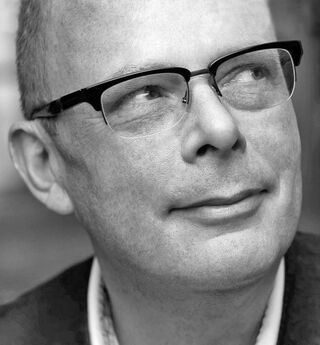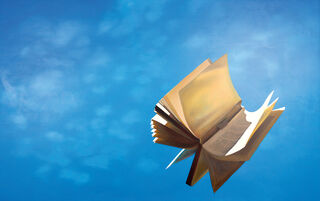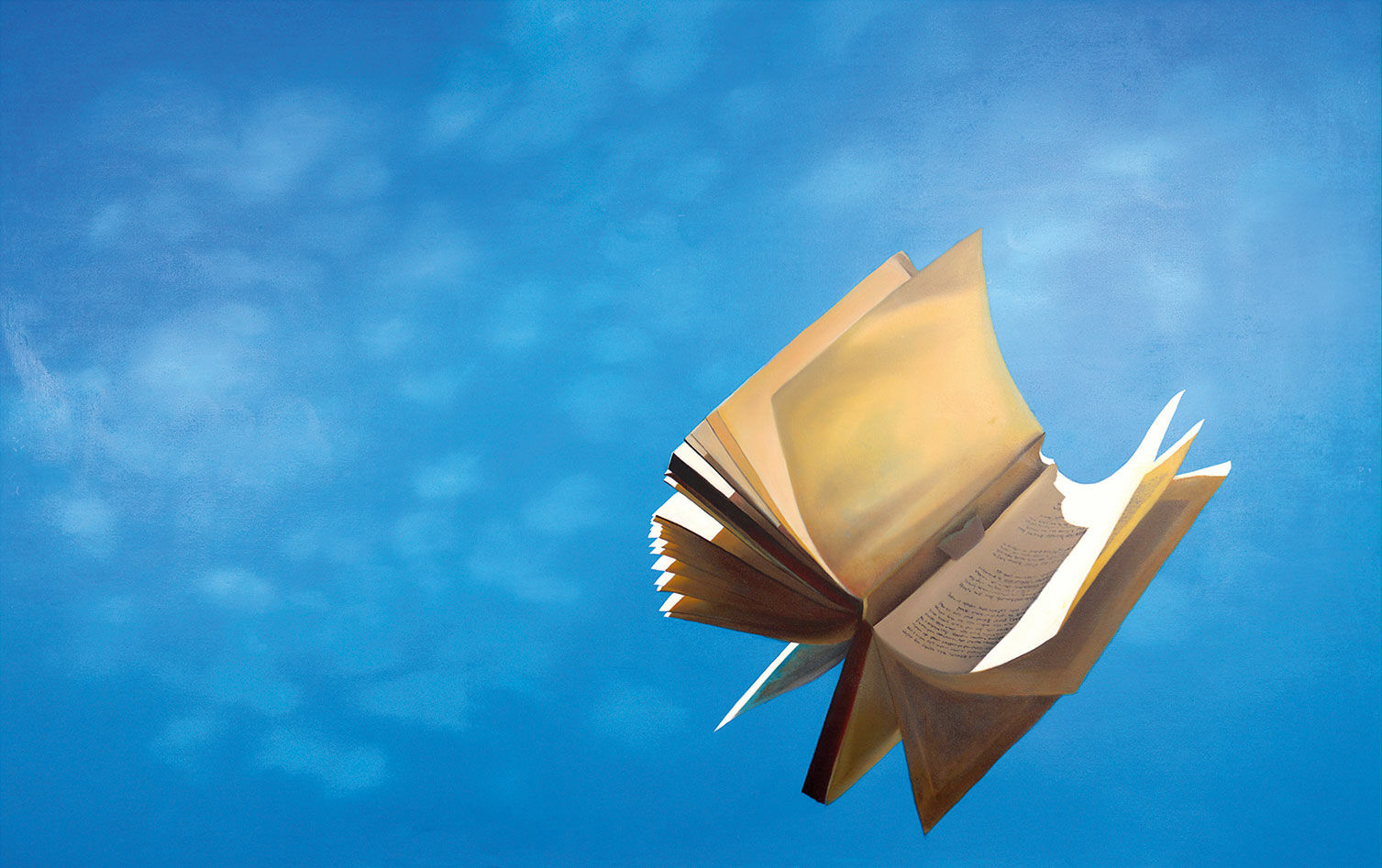Picture "The Flying Book", on stretcher frame


Picture "The Flying Book", on stretcher frame
Quick info
limited, 199 copies | numbered | signed | reproduction, Giclée print on canvas | on stretcher frame | size 63 x 100 cm (h/w)
Detailed description
Picture "The Flying Book", on stretcher frame
"Actually, I planned to write a book about freedom, but then I thought that I'd better paint the book. The meaning of a flying book opened up the possibility of interpreting freedom in a way I could not have described better..." (Andreas Weische)
High-quality Fine Art Giclée museum reproduction in 7 colours on cotton artist canvas. Stretched like an original painting on a wooden stretcher frame (adjustable with wedges for re-stretching). Limited to 199 copies. Signed and numbered by the artist on the back. Size 63 x 100 cm (h/w).
Frame configurator
Customised picture frame

Frame configurator
Customised picture frame







About Andreas Weische
Andreas Weische (born in 1964) trained as a goldsmith between 1986 and 1990. In the same year, he moved to Munich and ran a jeweller's shop there. Another year later, he became a student of Prof. Ernst Fuchs, and in 1993 a student of Bele Bachem and Fabius von Gugel. Since then, Andreas Weische has worked as a freelance artist, painter, goldsmith, etcher, sculptor and porcelain painter with numerous exhibitions at home and abroad. The artist lives and works at Haus Ruhreck in Hagen, Germany. Here he founded the "Kunstschule Haus Ruhreck" in 2011.
"Andreas Weische is the prototype of the Fantastic Artist (...), with his works, he leads us through the labyrinths of our own soul, populated with enigmatic icons and fantasy creatures (...). His intention to astonish and amaze the viewer, as well as the fact that in all his works, he remains committed to the imagination, to the original pictorial invention, places him in the long and venerable tradition of so-called "fantastic art" (Roman Hocke)."
Giclée = derived from the French verb gicler "to squirt, spurt".
The giclée method is a digital printing process. It is a high-resolution, large-format printout on an inkjet printer with special different-coloured dye- or pigment-based inks (usually six to twelve). The colours are fade-proof, i.e. resistant to harmful UV light. They have a high richness of nuance, contrast and saturation.
The giclée process is suitable for art canvases, handmade and watercolour paper as well as for silk.


